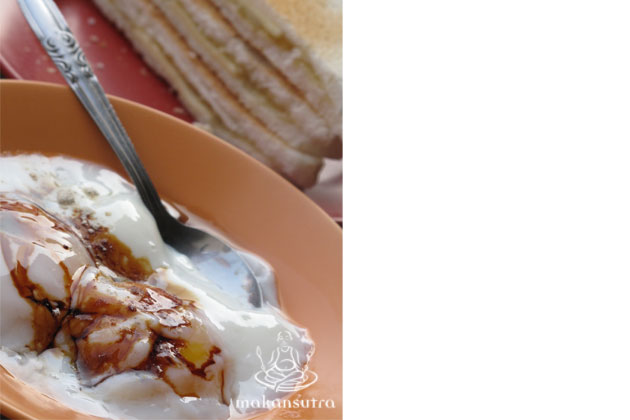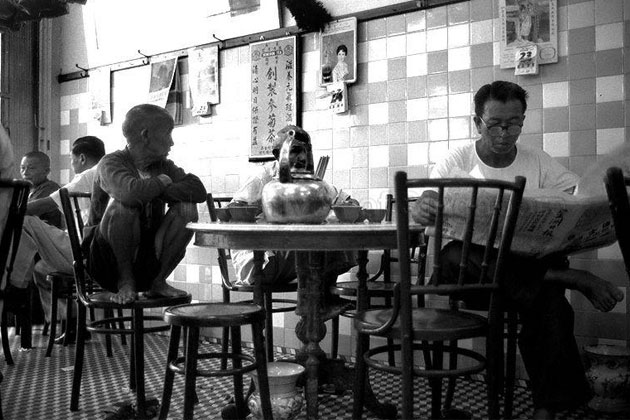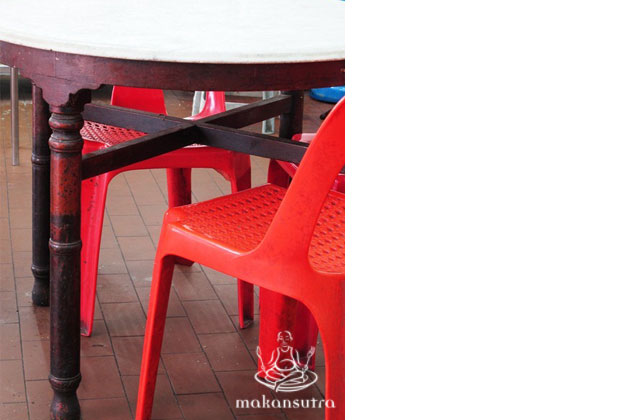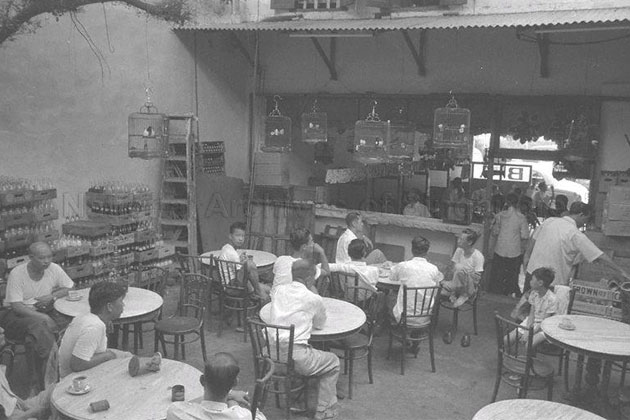
Kopitiam and Coffee Shops: Then And Now
By Adeline Ang - Thursday, Jun 04, 2015
Through the last 50 years, coffeeshops have grown from what it once was to what it is today. So in this SG50 year, let’s take a breather to reflect on what this unique beverage institution means to us over the decades. Once, it was a place to literally have coffee or a drink and socialize. They would perhaps offer up some biscuits and cakes or breads to complement it, just like how the fancy kopi joints do today, but with a way fancier menu.
Although our coffee shops today have undergone changes, including the décor, what really sets coffee shops in the early ‘50s to the late ‘80s and the ones today, is the intention behind visiting one.

Whilst it is common to have your meals at your local coffee shops, the suggestion to hang out at one, to a newer generation, is bound to result in some raised eyebrows. “Har, but it’s so noisy and dirty”. But besides being the non-alcoholic version of a watering hole, coffee shops also doubled as news centers and matchmaking venues. It was common then to visit coffee shops to catch up on current events by listening to the radio and reading the newspapers provided by the coffee shop. You literally hung out at a kopitiam (the proper local vernacular for it). You don’t intentionally go there for a meal. With only one available set of newspaper, the patrons of the coffee shop would the take turns reading different pages of the newspapers before exchanging their page with someone else. You chat with the chap at the next table and it’s the face-to-face pleasure of socializing, not facebook style.

Speaking of coffee shop gatherings, the patrons of coffee shops in the past were mainly men as it was largely the blue collared work folks that would hang out at such places- one reason why you still see a lot of menfolk at kopitiams today. Families, on the other hand, barely patronized coffee shops.
As a common affair in the especially the ‘50s, matchmaking, unknown to most, often took place in coffee shops. To what I’m sure would be pure horror to the modern generation, the families of both parties would tag along on their set-up date at the coffee shop. Each family would each sit at a table (or tables) and survey the other party whilst the matchmaker would act as a messenger by conveying messages to and fro for the two parties and their families. Once the couple indicates interest, they would then leave the coffee shop for a short walk before deciding if they should take the relationship to a higher level. Some kopitiam towkays, upon coffee shop is being utilized for matchmaking, would sieze the chance to increase their profits by charging their patrons per table instead of per beverage!

Unlike the current wide variety of food that ranges from laksa to chicken rice, the old kopitiams could offer, at most, were eggs, toasts and occasionally, some soon kuehs or biscuits and breads. Food was sold on street side hawkers sited outside kopitiams. But even with the availability of eggs and toast, they were mostly consumed only during teatime. Drinks such as Ovaltine and Horlicks were more commonplace before Milo climbed up the popularity ranks.

Besides the variety of food, the furnishing of coffee shops then and now also differs. Although it is now common for patrons to rearrange the light-weighted furniture of the coffee shop to suit their needs, doing the same in old time coffee shops would be, in comparison, quite a workout. You would notice the ubiquitous uniform darkwood chairs and marble tables with wooden stands, beneath every table was a spittoon, which was eventually banned due to hygiene reasons.
So the next time you see an uncle sitting alone at a nearby coffee shop nursing a cup of coffee, don’t be afraid to strike up a conversation to share his unique experiences at old time coffee shops. Don’t let coffee shops become just something that they used to know.


